Imagine a world where everyone’s voice has the ability to reach millions of people across the globe in just seconds. That’s the reality we live in today, thanks to social media. Platforms like Twitter, Instagram, TikTok, and Facebook have become powerful tools for advocating social change and shining a light on injustice. Human rights movements, which once relied solely on physical protests and word-of-mouth, now thrive in the digital world.
Social media has made issues like police brutality, climate change, and gender discrimination impossible to ignore. It empowers everyday people to call out injustice, rally support, and pressure leaders to make meaningful change. But how exactly does social media make this happen? And are there any drawbacks? Stick around—we’re unpacking it all.
The Power of Instant Communication
One of the biggest ways social media amplifies human rights movements is through sheer speed. News spreads faster on social media than through traditional outlets like newspapers or TV. Within minutes of an event occurring, a photo, video, or statement can go viral and spark global reactions.
Take the Black Lives Matter (BLM) movement as an example. The hashtag #BlackLivesMatter was used to bring attention to racial inequality and police violence. Videos of incidents, like the tragic death of George Floyd, spread rapidly on platforms like Twitter and Instagram. This gave people who would’ve never heard the story otherwise a firsthand look at the issue, fueling outrage and a drive for action.
This speed allows human rights movements to grow in real time, rallying millions of people across different countries to act almost immediately.
Uniting Communities Across Borders
Before social media, building momentum for a cause could take months or even years. But now, movements can grow beyond borders with the click of a button. Social media brings together people from diverse cultures, beliefs, and countries, uniting them under shared goals.
Think about how hashtags like #MeToo brought attention to survivors of sexual harassment and abuse worldwide. The movement started in the U.S. but quickly gained traction in countries like India, France, and Japan. Suddenly, people everywhere were starting necessary conversations about experiences many thought they had to face alone.
Social media builds a global village, where someone in Brazil can support the LGBTQ+ community in Russia or someone in Canada can draw attention to workplace exploitation in Bangladesh.
This kind of unity builds strength. Social movements are no longer isolated; they’re synchronized. And when people work together, they’re much harder to silence.
Giving Ordinary People a Voice
Before social media, large organizations or traditional media controlled most of the narratives we heard about major issues. But now, everyone has a platform. Activists don’t need resources like money or media connections to advocate for change; all they need is a phone with internet access.
For example, young climate activists, like Greta Thunberg, use platforms like Twitter and Instagram to rally their peers and demand action from leaders. Her story is proof that even young people have the power to ignite change when given the right tools.
Social media breaks down the gatekeeping that once limited whose voice mattered. Now, people who’ve experienced injustices firsthand can speak for themselves, sharing their stories directly with the world.
Raising Awareness Through Visual Storytelling
One of the unique strengths of social media is its ability to show, not just tell. When we see pictures of protests or watch raw videos of injustices happening in real time, the emotional impact is immediate. This visual element helps people connect to the movement in a deeper way.
For example, during the Arab Spring uprisings in the early 2010s, videos and photos from inside event hotspots spread online, giving the world a rare glimpse into what was happening on the ground. Even if you were thousands of miles away, those clips made the situation feel personal and urgent.
Platforms like Instagram and TikTok now make it easier than ever to capture and share what’s happening. A single image, like a protestor holding a clever or heartfelt sign, can go viral. A short video can expose corruption or show inspiring acts of defiance. Visuals hit us emotionally and spur us to action more than words alone often could.
Organizing and Mobilizing Protests
Another way social media empowers movements is by helping activists organize offline actions. A decade ago, rallying supporters for a protest might have required printing out flyers or going door-to-door. Today, everything can be done online via posts, group chats, or even digital town hall meetings.
Tools like Facebook Events make it easy for organizers to share the details of protests, rallies, or marches. Platforms like WhatsApp and Telegram help people coordinate in the moment, ensuring that protests are both effective and safe.
Consider Hong Kong’s pro-democracy protests, where activists used encrypted messaging apps and social platforms to organize large-scale demonstrations. Even when the government restricted internet access, the activists adapted quickly with the tools they had.
Social media gives people the ability to plan and act with the confidence that there’s strength in numbers.
Holding People and Institutions Accountable
Perhaps one of social media’s most impactful roles is putting a spotlight on those in power. When injustices are documented and shared online, it becomes harder for governments, corporations, or individuals to deny responsibility.
For example, during the pandemic, many workers took to platforms like TikTok to expose unsafe working conditions and unfair treatment. Retail and foodservice employees shared videos of overworked staff and unsafe environments, pushing companies to make changes.
Similarly, hashtags like #Boycott and #Cancel have been used to pressure brands, politicians, or public figures into accountability. The public knows when someone has fallen short of ethical standards, and platforms give people an immediate opportunity to call for change.
The Challenges and Limitations
Of course, social media isn’t perfect. Bad actors can spread misinformation, twisting facts to serve harmful agendas. At times, powerful figures or governments flood platforms with propaganda to manipulate public opinion.
- Not everyone has equal access to the internet. This means that movements relying solely on social media might leave behind highly marginalized communities that lack the tools to join the conversation.
- Algorithm bias is another concern. Social media platforms prioritize content that gets high engagement. Unfortunately, this often means that posts designed to provoke strong emotional reactions (like outrage or fear) are amplified more than thoughtful, nuanced content.
- Finally, the overwhelming amount of information online can cause fatigue. When so many issues demand our attention, it’s easy for audiences to become desensitized or overwhelmed.
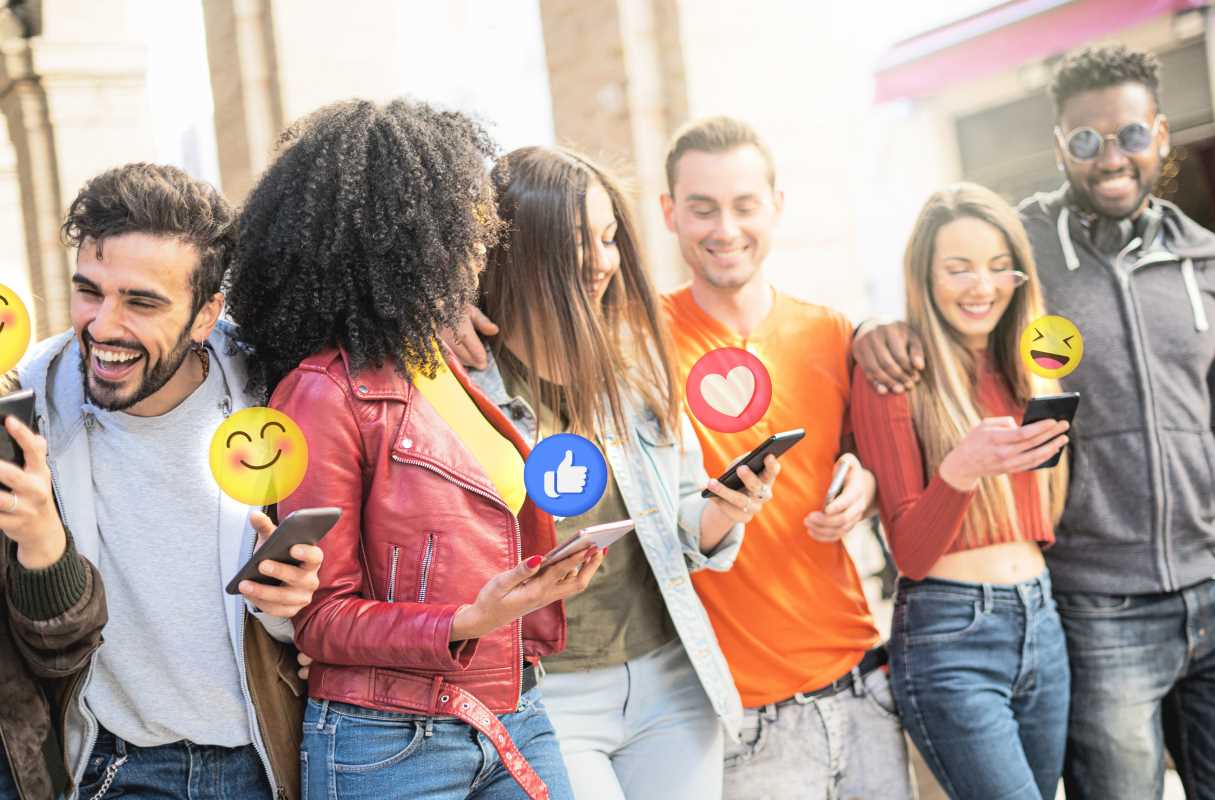 (Image via
(Image via
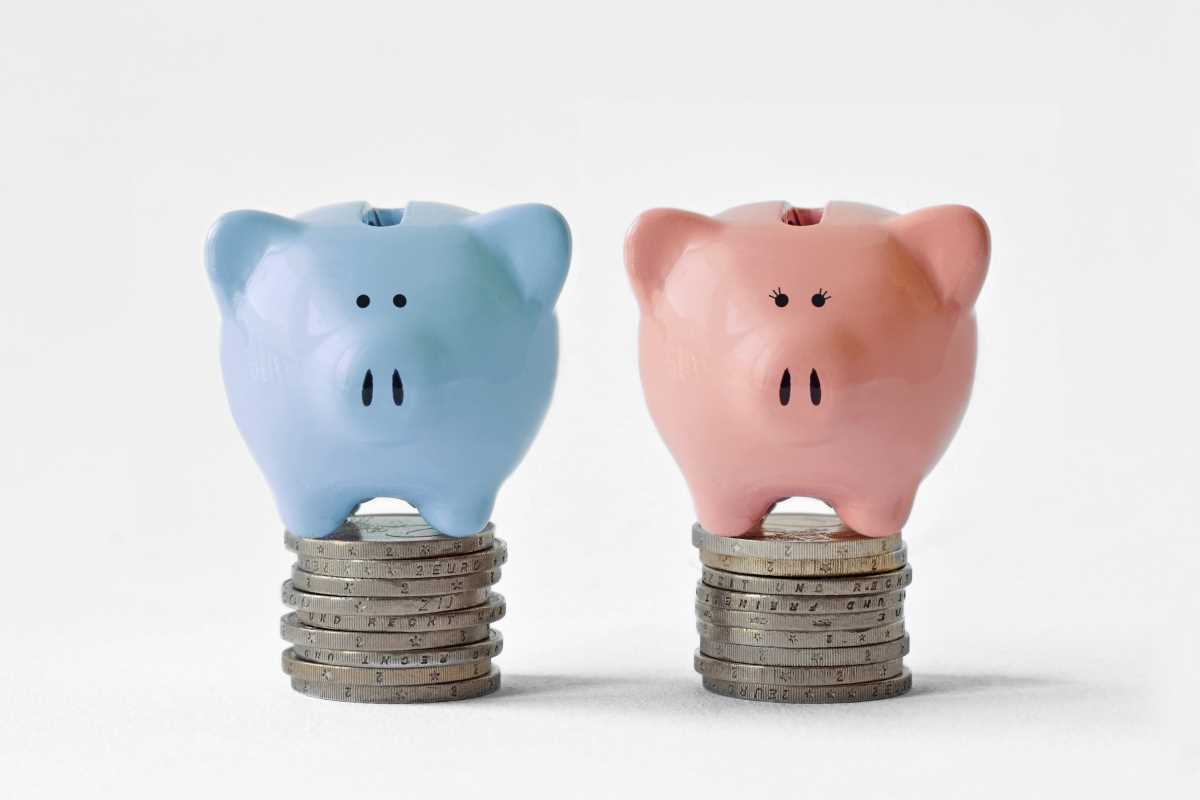
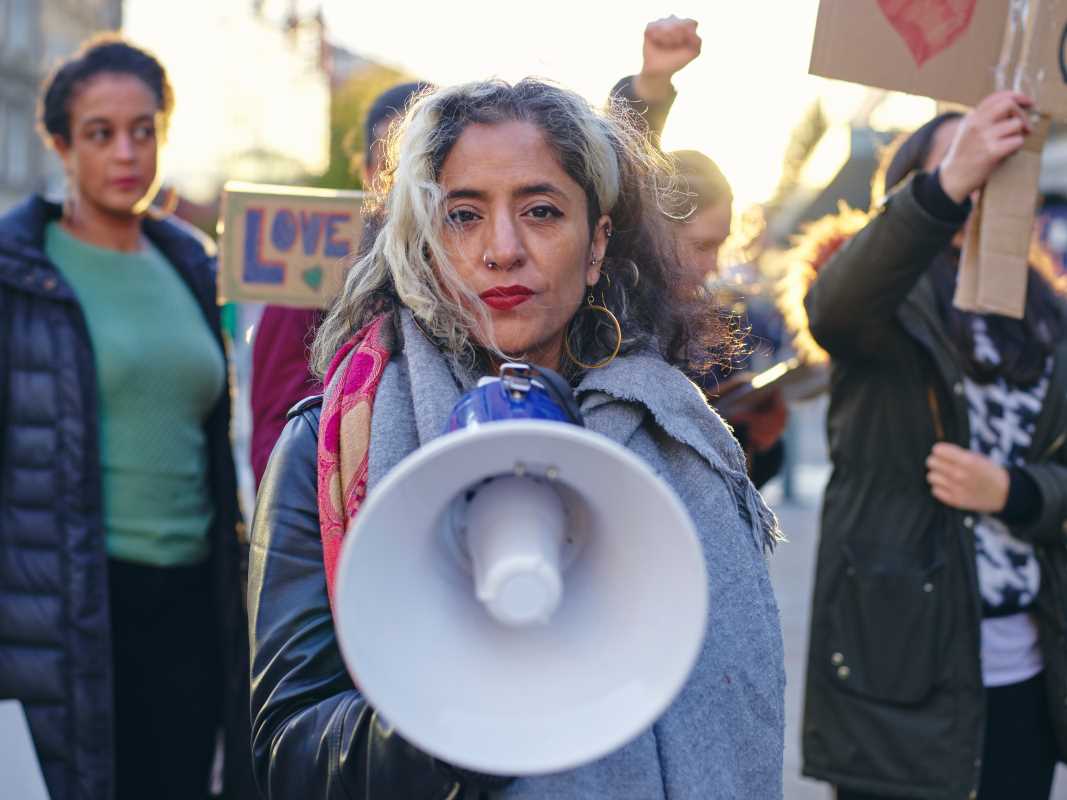
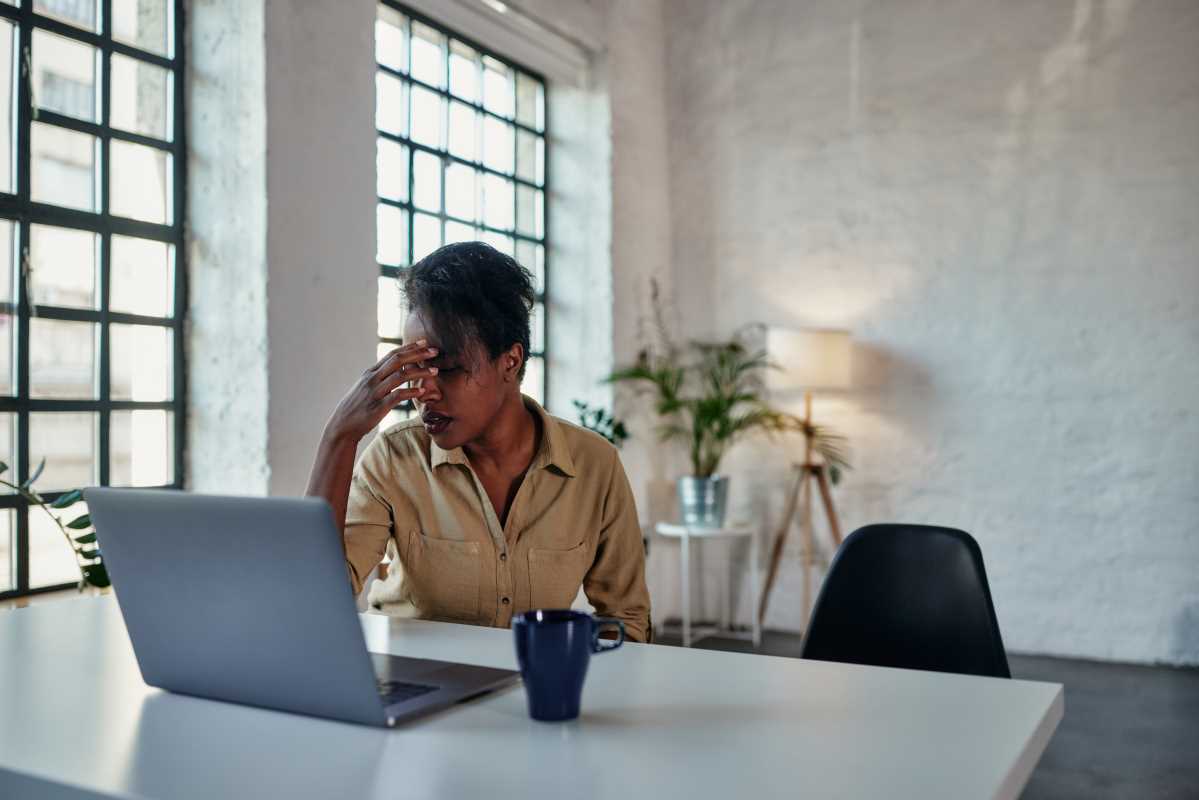

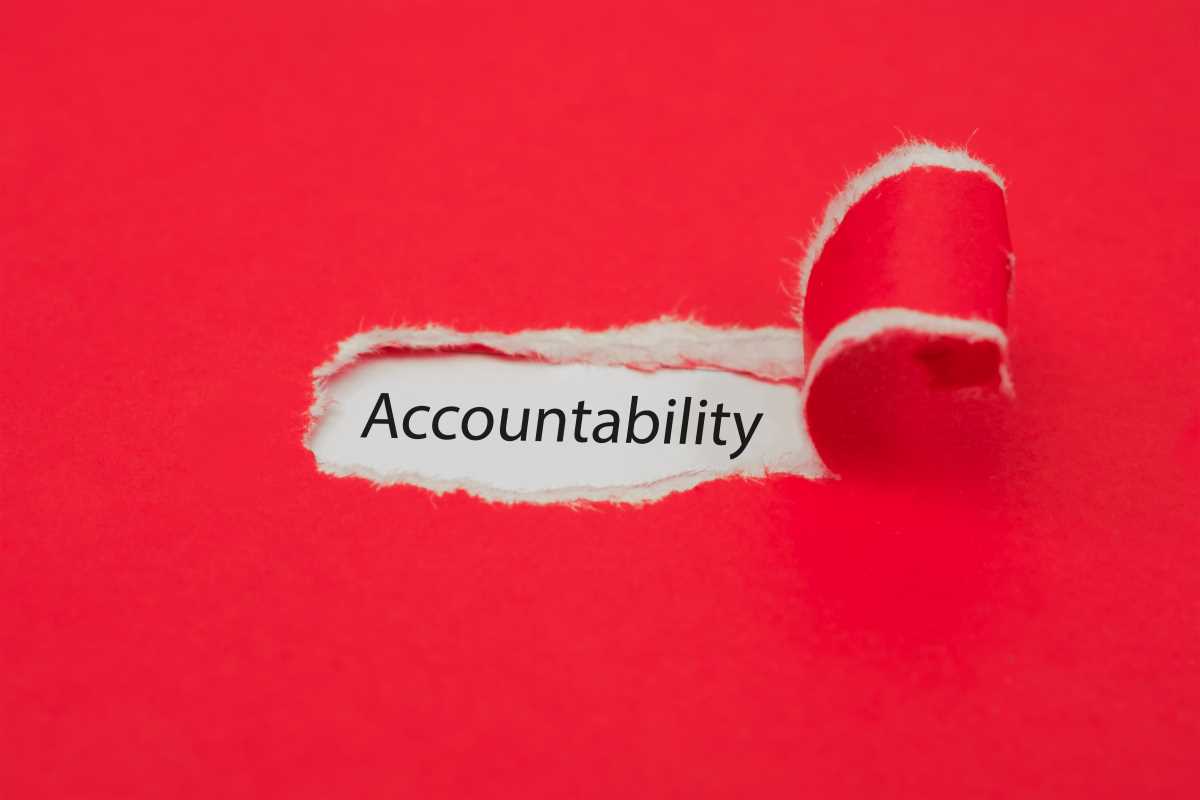
.jpg)